
Blog reader Norbert Biermann has recently solved a bigram substitution ciphertext consisting of 1346 letters – the shortest one ever broken. Here’s a 1000-letter ciphertext of the same kind.
During a stay in the Austrian capital of Vienna, I tried to take a look at the encrypted inscription on the cenotaph of Duke Rudolf IV. I was only partially successful.
In 1920, IRA member Patrick James McGuire received an encrypted Easter postcard. Does it contain a love message? Or is the content related to the Irish War of Independence?
In 1873, an unknown person published two encrypted advertisements in the Daily Telegraph. Can a reader break these cryptograms?
At the NSA Symposium on Cryptologic History, I will give a presentation about brute-force attacks. There’s one thing I still haven’t figured out: when was the first brute-force described or carried out?
In 1916, a man living in Aschersleben, Germany, received an encrypted postcard. Can a reader decipher it?
Sometimes, deciphering a cryptogram is easier than reading the deciphered message. Here are two plaintexts I have difficulties to understand.
In the end credits of the 2010 movie “Fair Game” some letters are marked. Do they spell out an encrypted message? Nine years after the release of the film, this question is still unanswered.
The straddle checkerboard was an important part of many Cold War ciphers. Can a reader decipher three ciphertexts I created with this encryption method?
A picture of Arnold Schwarzenegger, taken at the set of “Conan the Barbarian”, shows an encrypted (?) text. Can a reader decipher it?
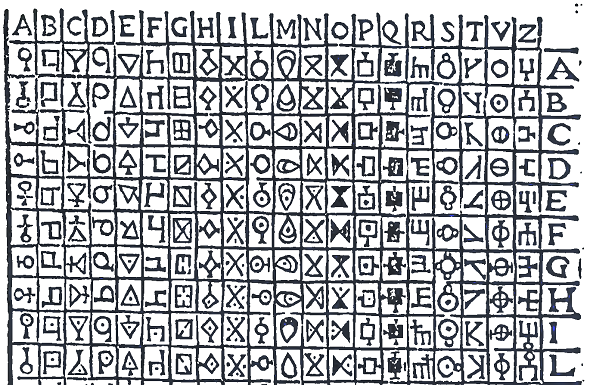
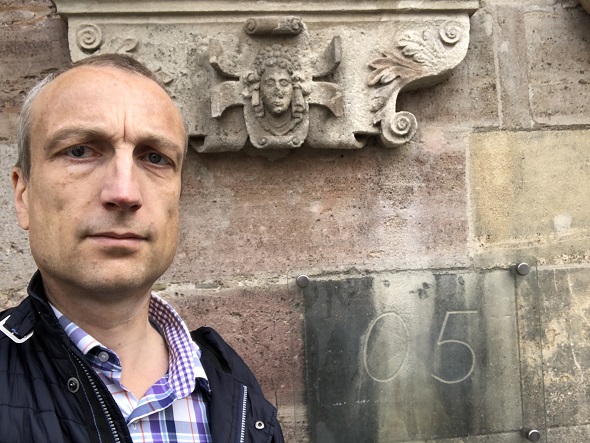
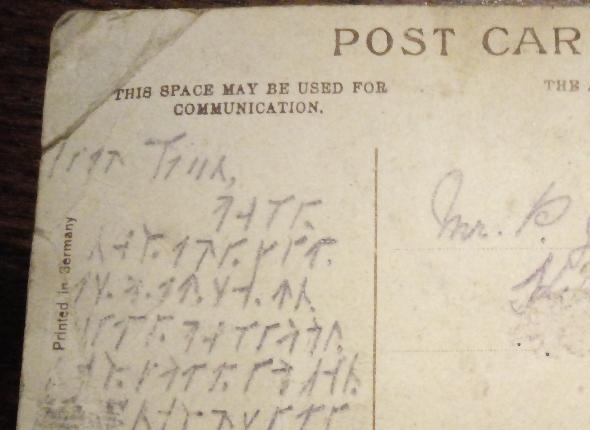
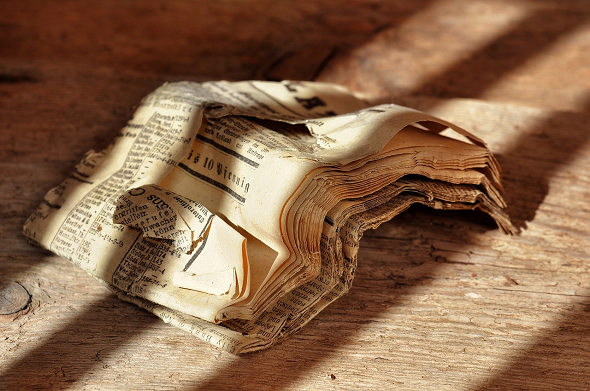

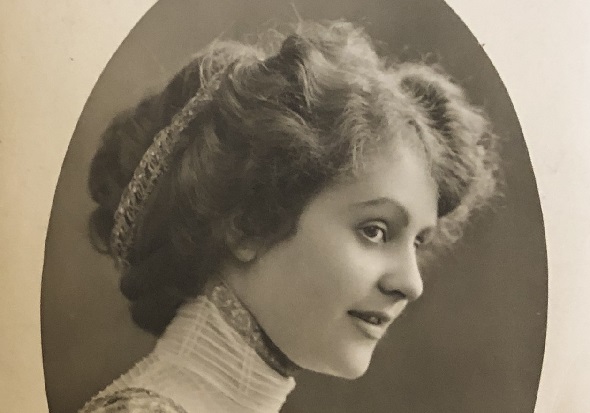
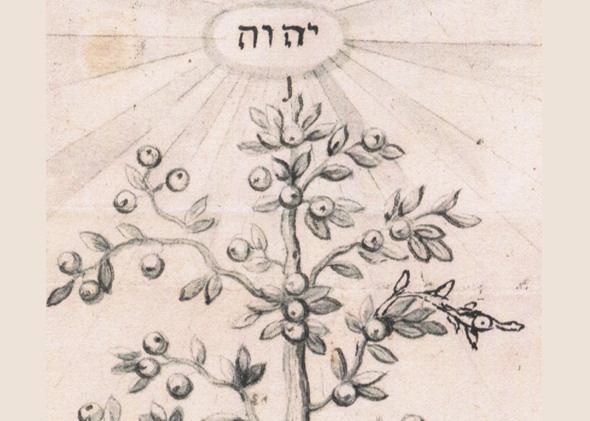
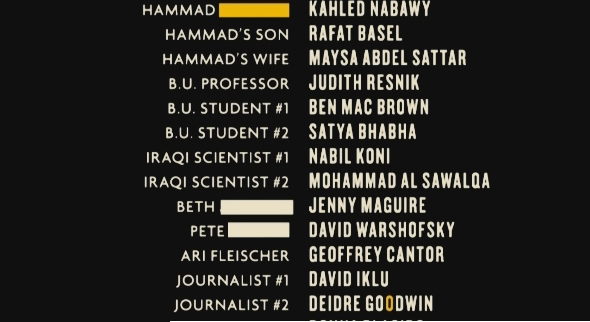
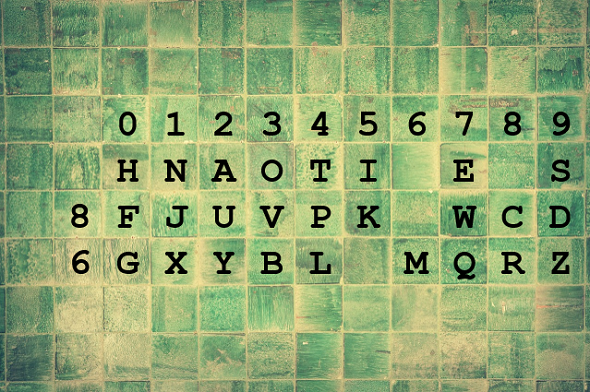

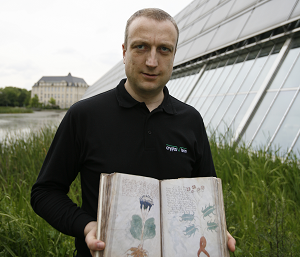
Letzte Kommentare